DER-10 CAMP and Automated Monitoring – The More Reliable and Cost-Effective Option
Construction and demolition projects that involve excavation or earth-moving can potentially produce air-borne contaminants such as dust particles (PM10) and Volatile Organic Compounds (VOCs) that can be harmful to the workers at the excavation site as well as those in surrounding communities.
In order to prevent lung irritation and disease, projects that involve excavation are subject to regulations such as the New York State Department of Environmental Conservation DER-10 Technical Guidance for Site Investigation and Remediation and associated Community Air Monitoring Plans (CAMP).
Although DER-10 CAMP is specific to New York, other states use this guidance to develop their environmental management plans. These types of Community Air Monitoring Plans (CAMP), which are used to protect the community (off-site receptors) from airborne contaminants downwind of construction/ demolition/ remediation/ hazardous waste sites, require air quality monitoring around the exclusion zone perimeter of the site. Requirements include:
- A dust monitoring program for all site activities which may generate fugitive dust.
- Real-time monitoring for volatile organic compounds (VOCs) and particulates (i.e. PM10) during ground intrusive activities.
- Continuous measurements must be taken for PM10 at the upwind and downwind perimeters.
- Reporting of Response Levels for 15 minute averages (stop work).
In order to comply with DER-10 CAMP requirements, a comprehensive and reliable air quality monitoring program must be implemented. Using handhelds and other manual techniques for sample collection – or using monitoring equipment that does not allow two-way communication – has become outdated and cost prohibitive.
- In order to provide a cost-effective solution for your customers, you need a complete, automated system.
- This can be achieved with perimeter air monitoring systems, such as Aeroqual’s AQS1, which enables construction operators and engineers to easily deploy a cost-effective, remote monitoring program that combines simultaneous real-time measurement of VOCs and PM10 with wind speed and direction data in a compact integrated system.
These optical and sensor-based instruments offer significant advantages, such as:
- Easy set-up and configuration.
- High accuracy at a price that is well below traditional ambient air monitoring equipment.
- Simultaneous measurement of PM10, PM2.5 , PM1 and TSP particulate matter and up to 3 gases – Ozone (O3), Nitrogen Dioxide (NO2), Volatile Organic Compounds (VOCs).
- Measurement of environmental parameters, including temperature, humidity, rain, pressure, wind speed/direction, and solar radiation as well as noise.
- Can be fully calibrated in the field for maximum traceability.
- Measures and reports real-time data in 1 minute intervals.
In addition, these real-time dust monitors can provide significant cost savings by:
- Reducing Labor Costs – automation means less hands-on time for your personnel.
- Reducing Service Costs – minimal maintenance and calibration (VOC bump testing is not required).
- Preventing False Alarms – real-time upwind/downwind comparisons are more accurate which prevents false alarms and halt work.
Learn more about the benefits of Aeroqual’s AQS1 here.
-
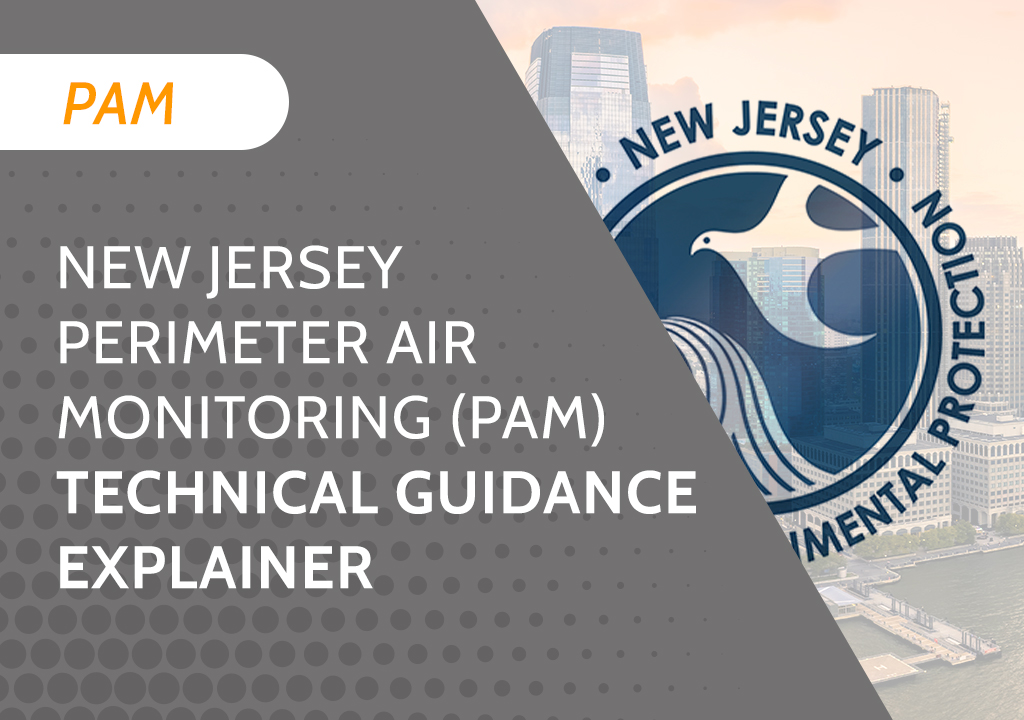 New Jersey Perimeter Air Quality Monitoring (PAM) Technical Guidance Explainer
New Jersey Perimeter Air Quality Monitoring (PAM) Technical Guidance Explainer -
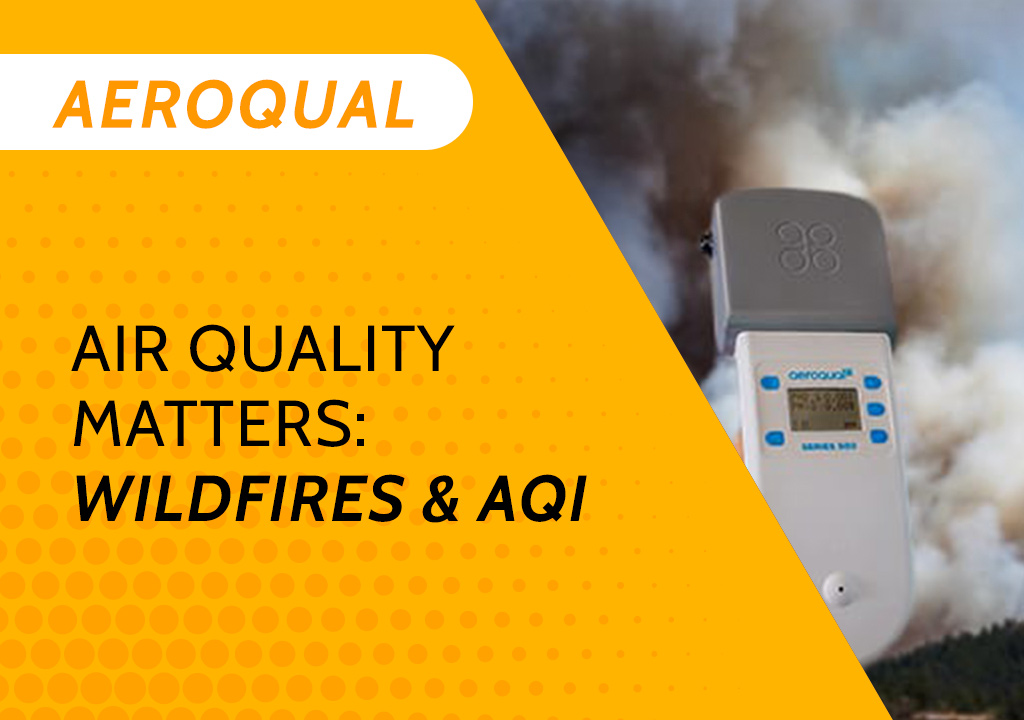 Air Quality Matters: Wildfires & AQI
Air Quality Matters: Wildfires & AQI -
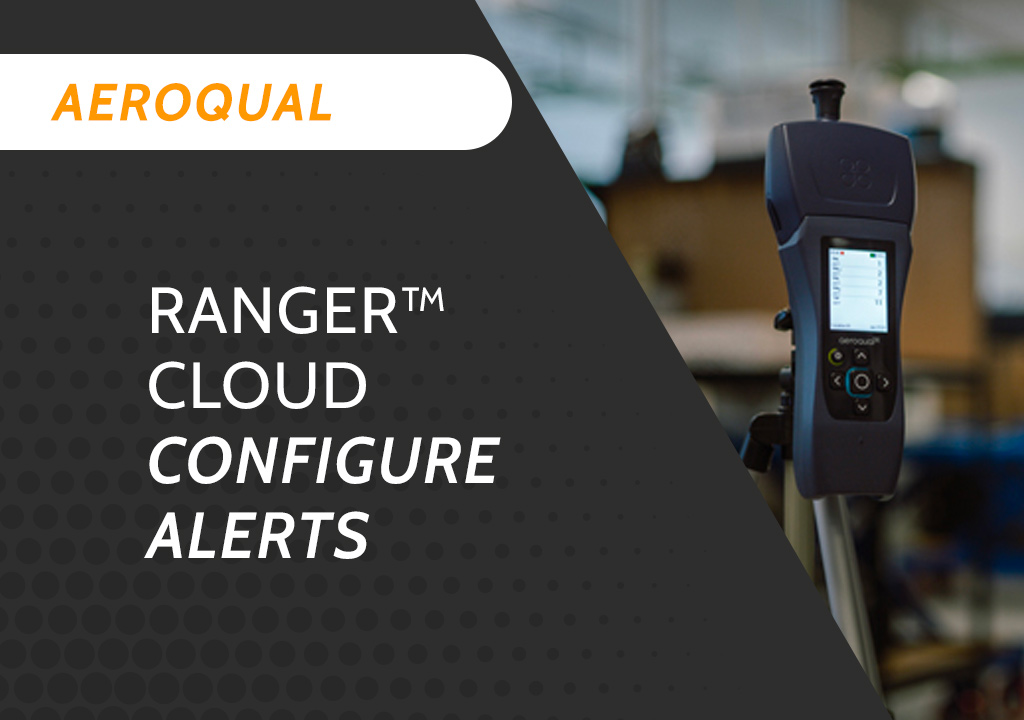 Aeroqual Ranger™ Cloud from Specto Technology - Configure Alerts
Aeroqual Ranger™ Cloud from Specto Technology - Configure Alerts -
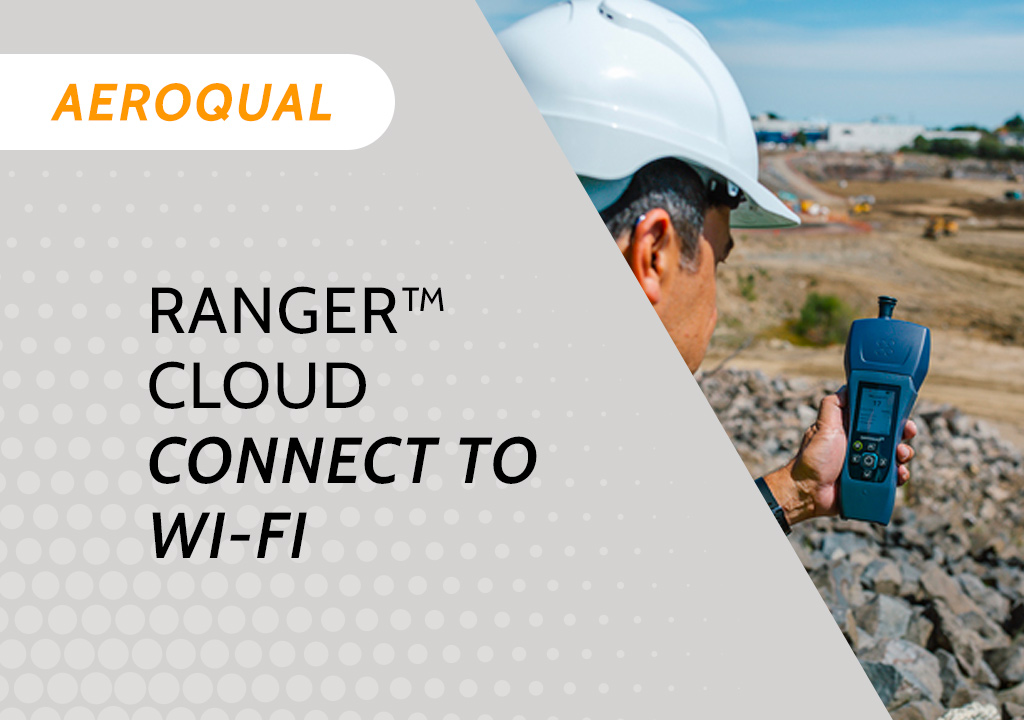 Aeroqual Ranger™ Cloud from Specto Technology - Connect to Wi-Fi
Aeroqual Ranger™ Cloud from Specto Technology - Connect to Wi-Fi -
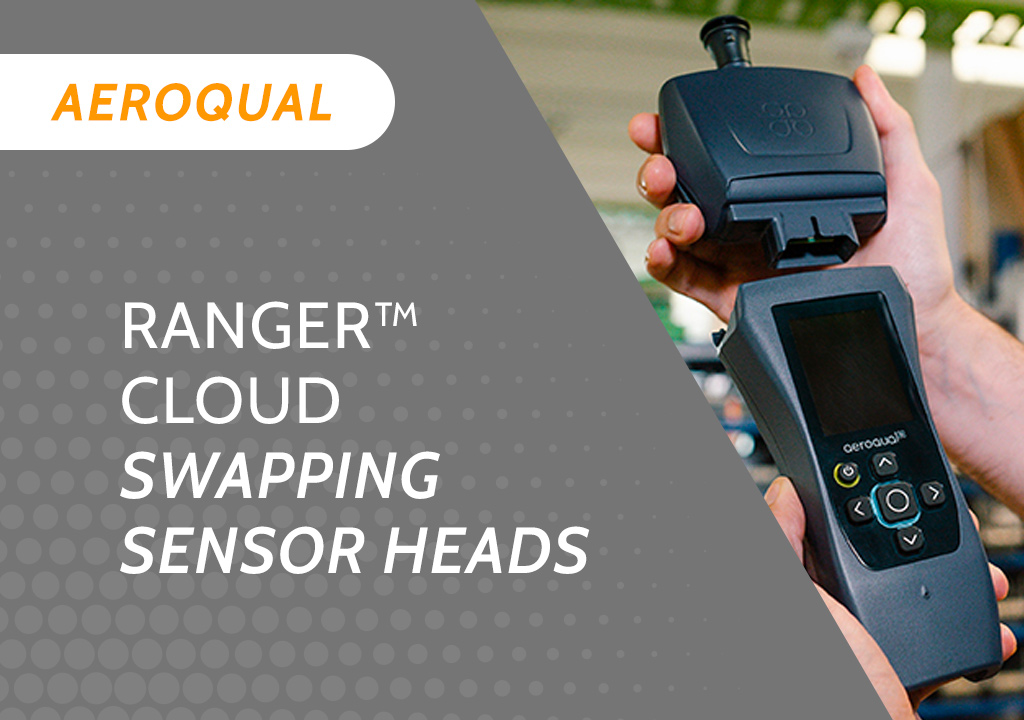 Aeroqual Ranger™ Cloud from Specto Technology - Swapping Sensor Heads
Aeroqual Ranger™ Cloud from Specto Technology - Swapping Sensor Heads -
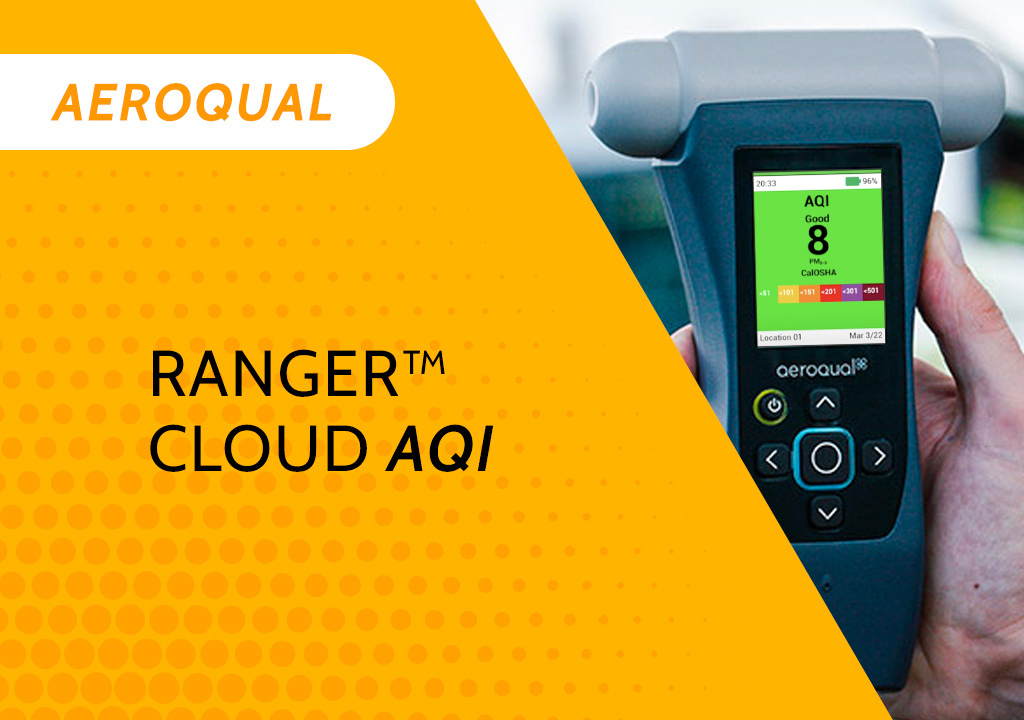 Aeroqual Ranger™ Cloud from Specto Technology AQI
Aeroqual Ranger™ Cloud from Specto Technology AQI -
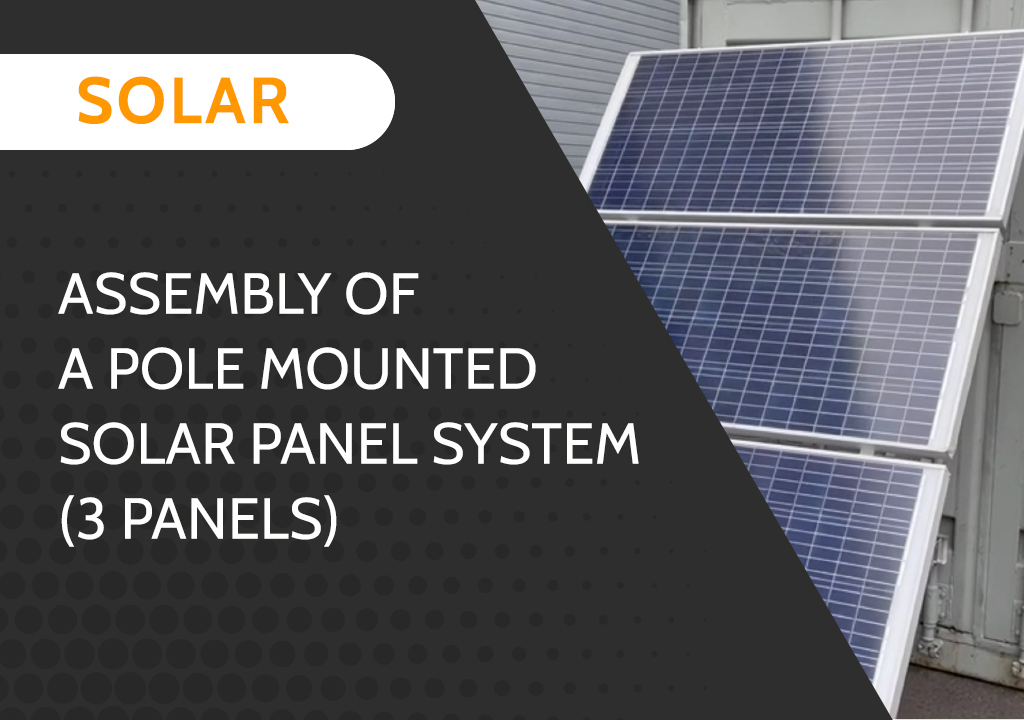 Assembly of a pole mounted solar panel system (3 panels)
Assembly of a pole mounted solar panel system (3 panels) -
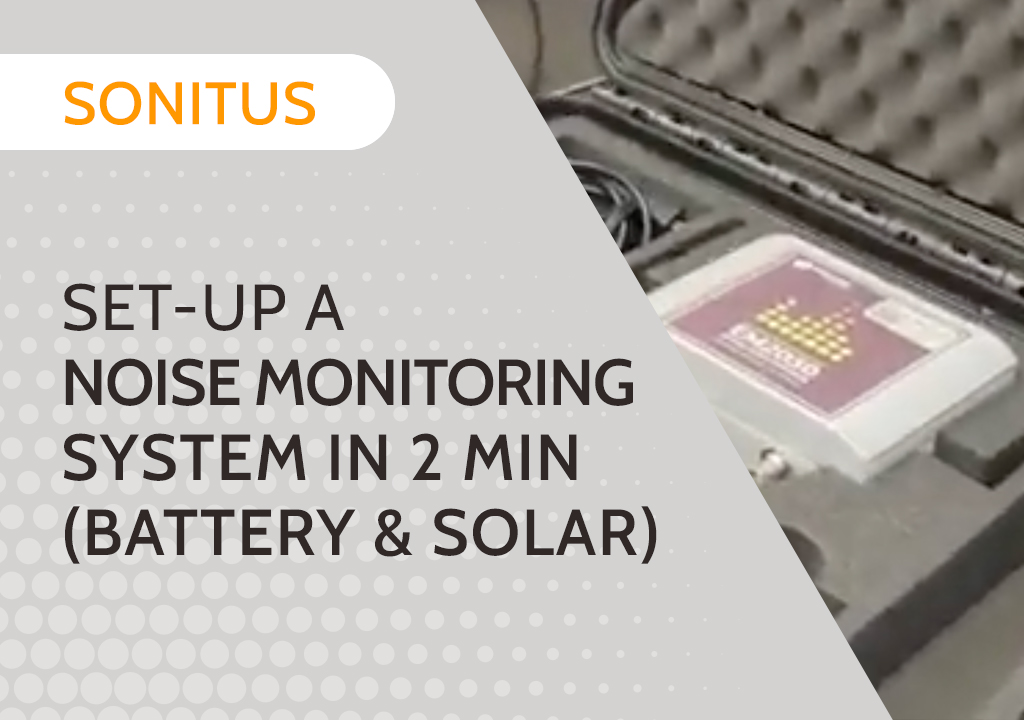 Set up a Noise Monitoring System in 2 min (Battery and Solar)
Set up a Noise Monitoring System in 2 min (Battery and Solar) -
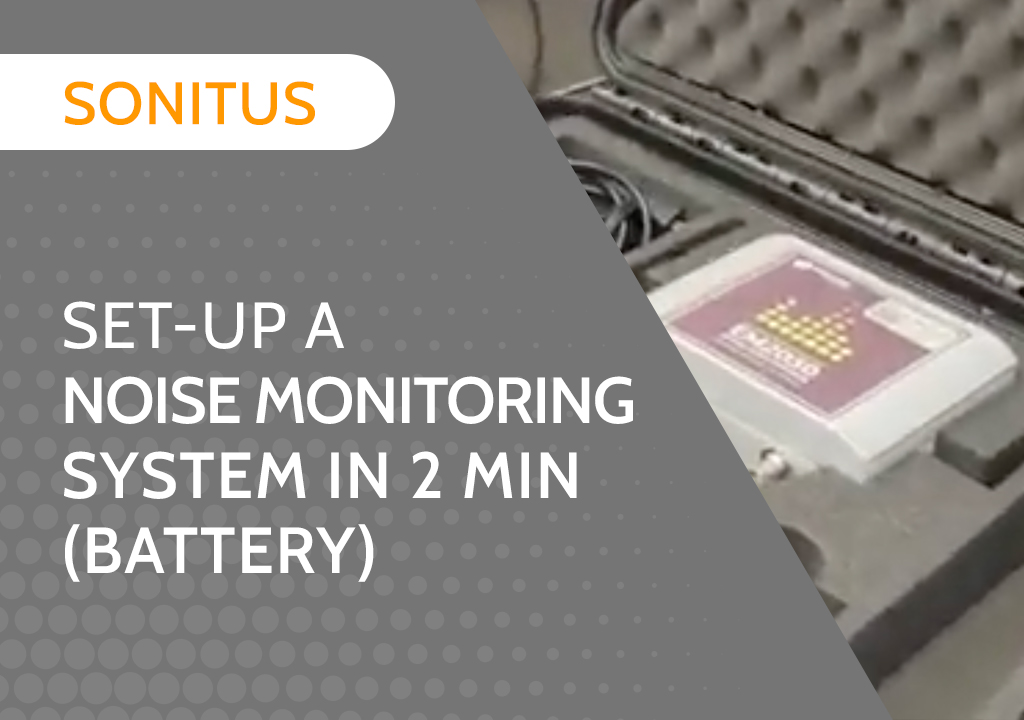 Set up a Noise Monitoring System in 2 min (Battery)
Set up a Noise Monitoring System in 2 min (Battery) -
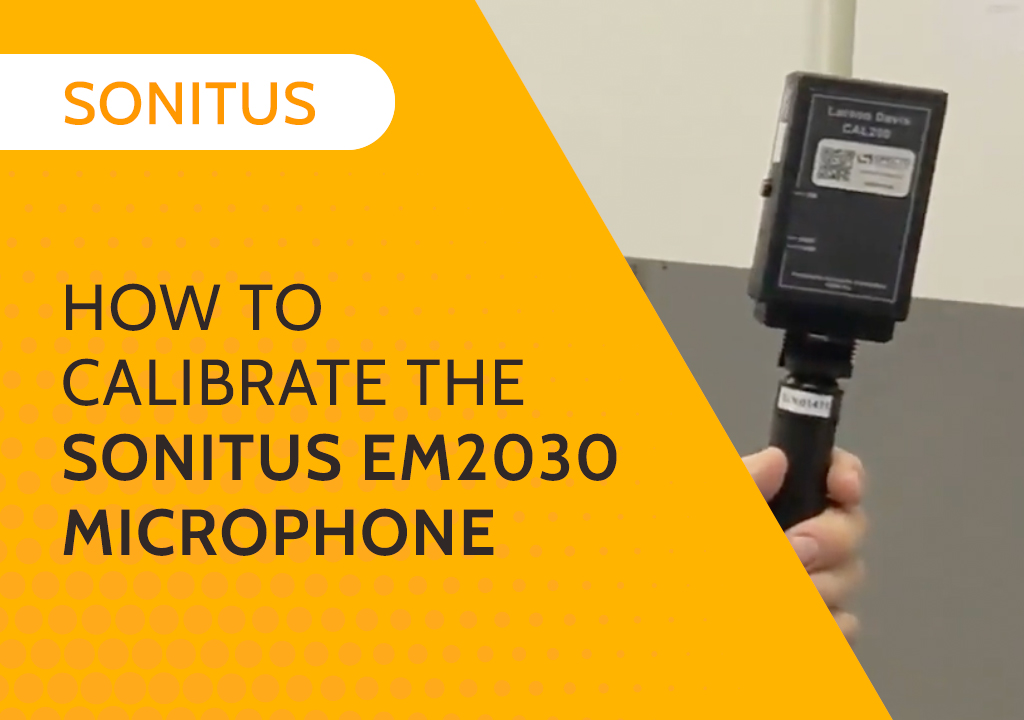 How to Calibrate the Sonitus EM2030 Microphone
How to Calibrate the Sonitus EM2030 Microphone
